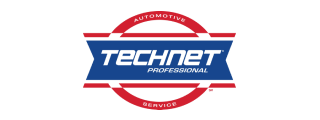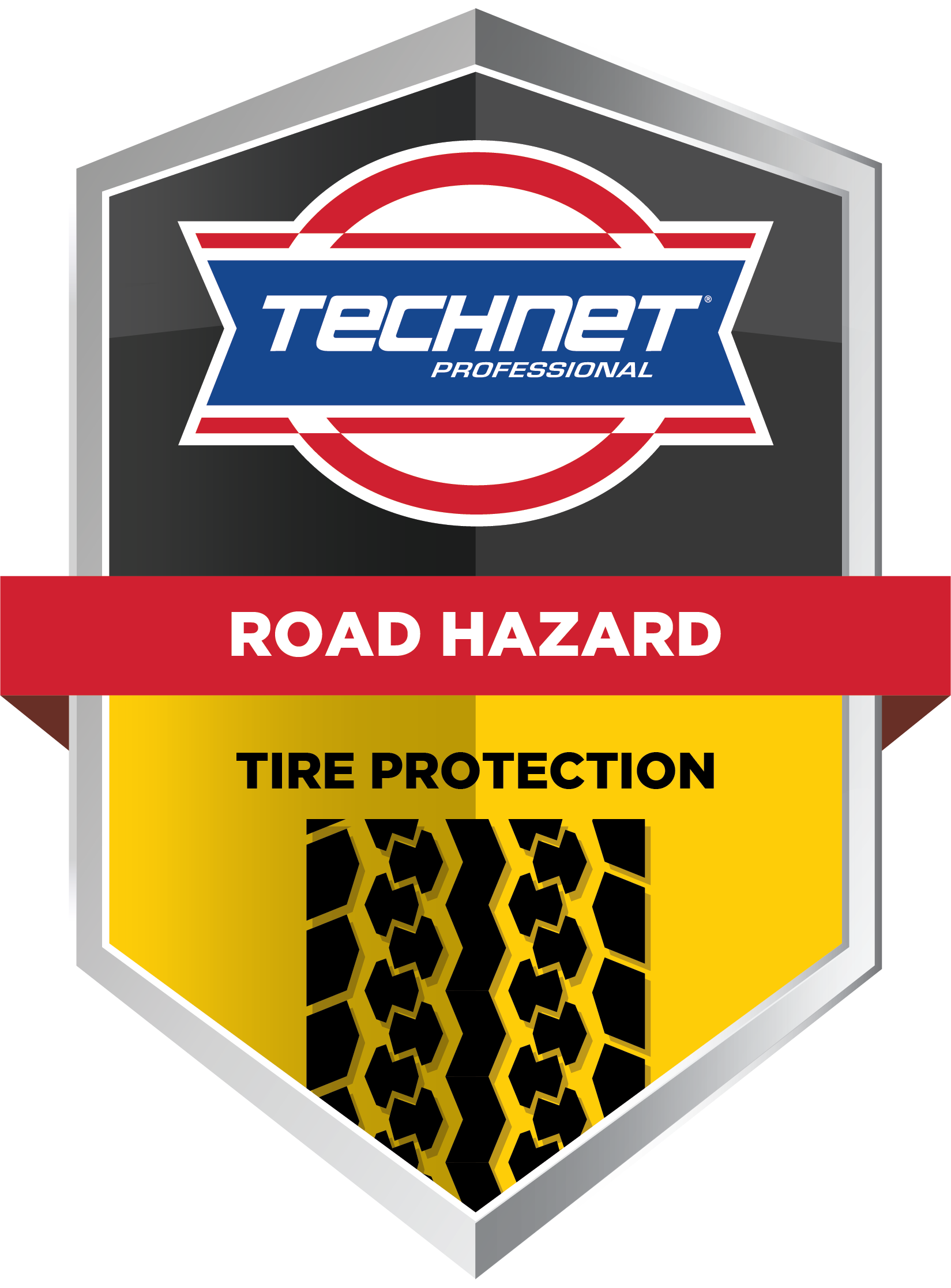Full-Service Auto Repair Shop in Charlotte, NC
We perform high quality, guaranteed service you can trust, at a fair price.
4444 Reviews
Customer Stories
Our Reviews Speak for Themselves
by Austin S.
"First time going there and I have to say I’m very satisfied! [...] They’ll make sure your car is good to go! Definitely recommend checking them out!"
by Heather W.
"Beyond impressed with the knowledge, professionalism, and service I received. So extremely glad that I found this business. [...] HIGHLY Recommend."
by Dan S.
"I love the quality care and professionalism that comes with AutoRx. The front desk is exceptional as well. Truly a place for all your car needs as well as options."
A Bit About Us
Welcome to AutoRx Center
Your Trusted Full-Service Auto Repair Center
Welcome to AutoRx Center, your one-stop shop for all things automotive in Charlotte, NC. We specialize in preventive maintenance and full-service repairs, ensuring your vehicle runs smoothly and safely. Whether it's a routine oil change, complex engine repair, or scheduled maintenance for your fleet, our skilled and experienced technicians are here to deliver high-quality, guaranteed service you can trust. As a TechNet Professional Automotive Service Center, we back our work with a nationwide 24-Month/24k-Mile warranty, so you can drive with confidence wherever the road takes you.
Servicing All Makes, Models, and Fleet Vehicles
At AutoRx Center, we pride ourselves on servicing both domestic and foreign vehicles, as well as fleet accounts. From compact cars to heavy-duty trucks, no vehicle is beyond our expertise. Our team is equipped to handle everything from routine brake checks to more complex engine and transmission repairs. Whether you're keeping your personal car in top shape or managing an entire fleet, we offer reliable, efficient solutions to meet your needs—all at a fair price.
The AutoRx Difference: Repairs with a Twist
At AutoRx Center, we believe auto repair doesn’t have to be boring. Our unique approach combines expert service with a fun and memorable experience. We treat every vehicle like a star and every repair like an adventure. From the moment you walk through our doors, we’re here to make your auto service not just stress-free, but enjoyable. So, sit back, relax, and let us take care of the rest—because at AutoRx Center, we’re shaking up the industry, one repair at a time.
What We Do
Automotive Services
Essential Auto Services and Repairs in Charlotte, NC
Regular maintenance keeps your vehicle running efficiently and prevents costly repairs. Trust our certified technicians to handle all your routine services.
Ensure your vehicle meets safety and emissions standards with our quick state inspections. We'll help you stay road-ready and avoid fines.
Our advanced diagnostics identify vehicle issues fast. We use cutting-edge tech to pinpoint problems and provide accurate solutions.
Guiding Principles
Our Philosophy
Driven by Excellence
“Don't let your car story run on empty. Your ride deserves the best care to keep cruising down the road of life. AutoRx Center - where your vehicle's tale gets a happy ending, every time.”
Quality and Trust
We believe in providing high-quality, reliable service you can count on. With our nationwide 24-Month/24k-Mile warranty, we ensure every repair is backed by the trust you deserve.
Customer-Centered Approach
At AutoRx Center, we make auto repair an enjoyable experience. We treat every vehicle like a star, offering personalized care that turns routine maintenance into a seamless, stress-free process.
Comprehensive Expertise
From domestic cars to fleet vehicles, we believe in delivering expert solutions for all makes and models. Our skilled technicians ensure that no matter the vehicle, we get it right the first time.
Why Choose Us
Our Amenities and Benefits
Top Reasons to Trust Your Vehicle with Us in Charlotte, NC
01
High-Quality
Auto Parts
02
Expert ASE
Technicians
03
Convenient
Location
04
Comfortable
Waiting Room
05
Customer
Focused
06
Financing
Available
07
Online
Booking
08
Complimentary
Wi-Fi
Brands We Work On
Quality Domestic, Asian & European Service
Servicing All Makes & Models in Charlotte, NC
At AutoRx Center in Charlotte, NC, we take pride in being a full-service auto repair facility equipped to handle all makes and models of vehicles. Whether you drive a domestic, European, or Asian vehicle, our skilled and experienced technicians have the expertise to keep your car running at its best. From everyday sedans to high-performance sports cars, we’ve got you covered with comprehensive repairs, maintenance, and diagnostics tailored to your specific vehicle's needs. Our goal is to provide reliable, high-quality service to every vehicle that comes through our doors.
AutoRx Center is also well-equipped to handle fleet vehicles, ensuring your business stays on the move. Our TechNet affiliation means that you can trust us to provide top-notch repairs and service backed by a 24-Month/24k-Mile nationwide warranty, giving you peace of mind wherever your vehicles travel. We understand the importance of minimizing downtime, so you can rely on our team to deliver efficient and effective service to keep your fleet in optimal condition.
Tips & News
Car Care Blog
Expert Insights from AutoRx Center
Questions & Answers
Frequently Asked Questions
Come See Us
Trusted Auto Repair Shop Near Me
Our Skilled technicians Provide Quality AUTO Repair SERVICES in Charlotte, NC
Located in the heart of Charlotte, NC, AutoRx Center is your go-to destination for comprehensive auto repair and maintenance services. Whether you're bringing in a personal vehicle or managing fleet vehicles, our skilled and experienced technicians are ready to provide top-notch care. As a TechNet affiliated shop, we offer peace of mind with our 24-Month/24k-Mile nationwide warranty, ensuring you’re covered no matter where the road takes you.
With our convenient location and extensive service options, AutoRx Center makes it easy to get the reliable auto repair you need. Visit us today for exceptional service!
- Charlotte, NC
- Matthews, NC
- Pineville, NC
- Cornelius, NC
- Mint Hill, NC
- Stallings, NC
- Monroe, NC
- Waxhaw, NC
- Fort Mill, SC
- Tega Cay, SC
- Belmont, NC
- Concord, NC
- Harrisburg, NC
- Clover, SC
- Stanley, NC
- Denver, NC









